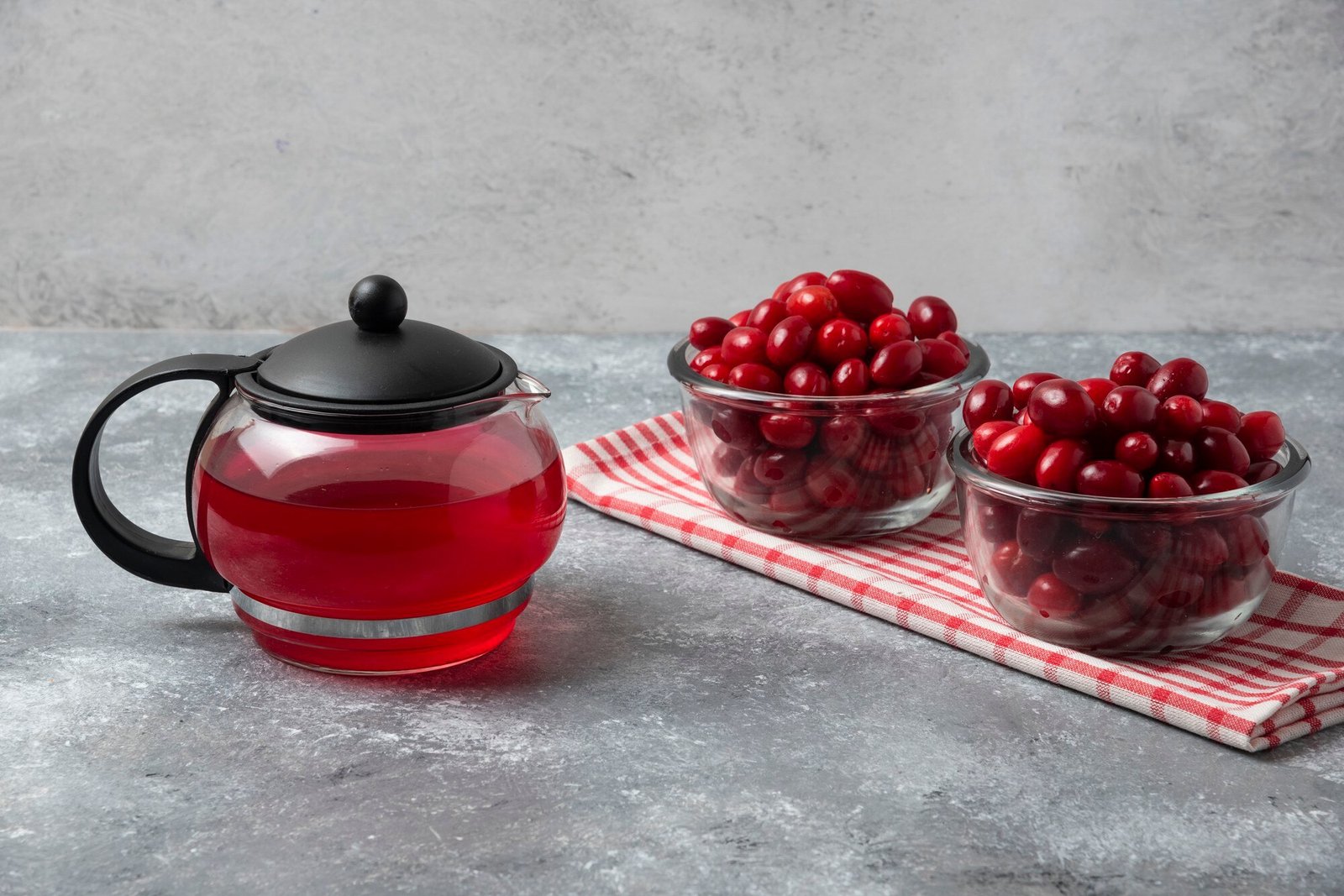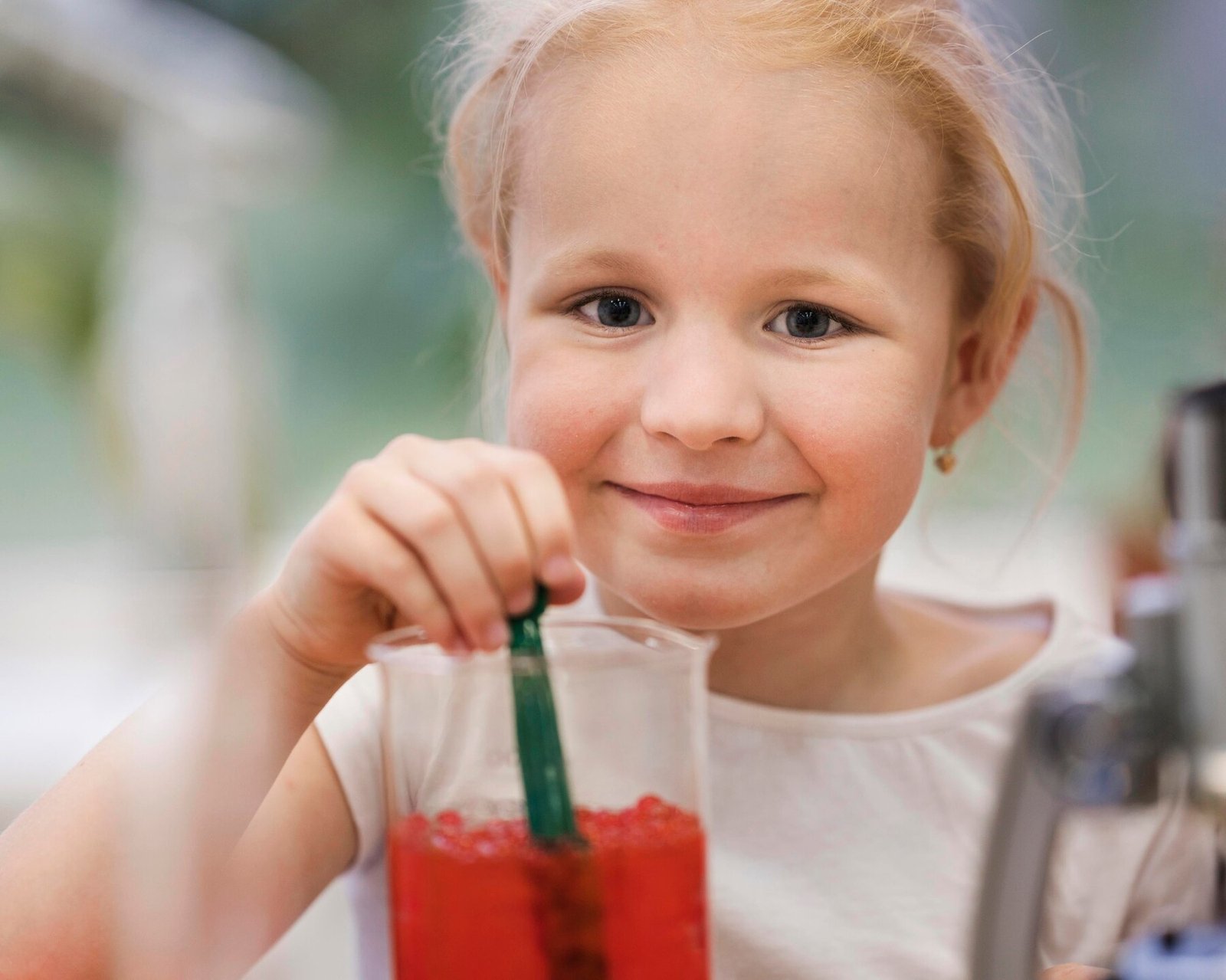No, babies should not drink cranberry juice. According to the American Academy of Pediatrics (AAP), juice should not be introduced to infants under 12 months unless clinically necessary.
Even after the first year, juice consumption should be limited and carefully managed due to risks like excessive sugar, dental issues, and low nutritional value compared to whole fruits.
Here’s what every parent needs to know.
Why Cranberry Juice Isn’t Safe for Babies Under 12 Months
Babies younger than one year need human milk or formula as their primary source of nutrition. Cranberry juice or any juice is discouraged for several reasons:
=> Nutritional Imbalance: Juice lacks the essential nutrients, like proteins and fats, found in breast milk or formula.
=> Sugar Content: Even unsweetened cranberry juice contains natural sugars, which can harm a baby’s developing teeth.
=> Stomach Sensitivity: The acidity in cranberry juice may irritate an infant’s digestive system, causing discomfort or reflux.
Note: Human milk or formula provides everything your baby needs for the first year.
Juice Guidelines for Toddlers and Older Children
After 12 months, cranberry juice can be introduced in small amounts as part of a balanced diet, but limits are important:
=> Toddlers (1–3 years): No more than 4 ounces (120 mL) per day.
=> Children (4–6 years): Limit to 4–6 ounces (120–180 mL) daily.
=> Children (7–18 years): Juice should not exceed 8 ounces (240 mL) per day, which counts toward the recommended daily fruit intake.
Juice should never be given in bottles or sippy cups, as this encourages prolonged sipping, increasing the risk of tooth decay.
How to Safely Introduce Cranberry Juice to Toddlers
When introducing cranberry juice to toddlers, follow these steps to minimize risks:
=> Dilute the Juice: Mix one part cranberry juice with 10 parts water to reduce sugar and acidity.
=> Avoid Bottles or Sippy Cups: Juice should not be given in bottles or covered cups that encourage sipping throughout the day, as this increases the risk of dental decay.
=> Serve in Small Quantities: Limit servings to 2–4 ounces and avoid offering juice at bedtime.
=> Choose Pasteurized Juice: Always ensure the juice is pasteurized to reduce the risk of foodborne illnesses.
For more on safe juice options and related health tips, explore Cranberry Juice and Pregnancy Outcomes.
Risks of Excessive Juice Consumption
Even after 12 months, excessive juice consumption can lead to:
=> Malnutrition: Replacing nutrient-rich foods with juice can result in undernutrition or overnutrition.
=> Digestive Issues: Chronic diarrhea, bloating, and gas can occur with excessive juice intake.
=> Dental Cavities: Sugars in juice contribute to tooth decay, especially if consumed throughout the day.
=> Unbalanced Diet: Over-reliance on juice displaces whole fruits and reduces fiber intake.
Why Whole Fruits Are Better Than Juice
Whole fruits provide fiber, important for digestive health, and take longer to consume, which helps regulate calorie intake.
For toddlers and children, it’s better to serve fresh or cooked cranberries as part of a meal instead of juice. T
his approach reduces sugar exposure and teaches children healthier eating habits.
For parents interested in the benefits of whole fruits during pregnancy, check out Is Cranberry Juice Good for Pregnancy?.
How to Introduce Cranberry Juice Safely
If your toddler is ready for juice, follow these steps to minimize risks:
1- Choose 100% Pasteurized Juice: Avoid juices with added sugars or artificial ingredients.
2- Dilute with Water: Mix 1 part juice with 10 parts water to reduce sugar and acidity.
3- Serve Occasionally: Treat juice as an occasional beverage, not a daily staple.
4- Avoid Bedtime: Never give juice before bed, as it increases the risk of dental cavities.
When to Consult a Pediatrician
If your child has specific dietary concerns or health issues like chronic diarrhea, excessive flatulence, or bloating, consult a pediatrician. Overconsumption of juice can exacerbate these problems, and your doctor can guide you on safe alternatives.
Final Thoughts
Cranberry juice is not suitable for babies under 12 months and should only be introduced to toddlers and older children in moderation. Whole fruits remain the better choice for fiber, nutrition, and long-term health benefits.
Always prioritize breast milk, formula, or water for hydration in babies, and consult your pediatrician for guidance tailored to your child’s needs.









